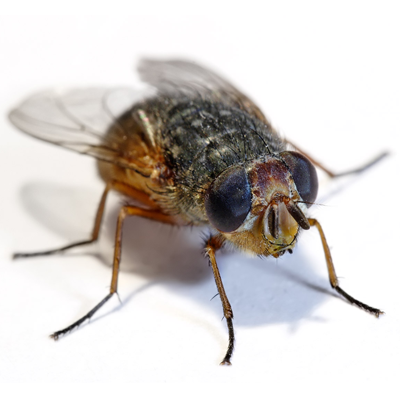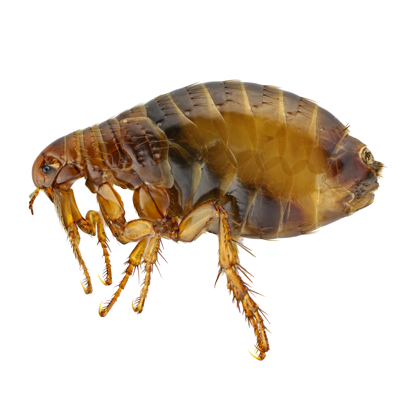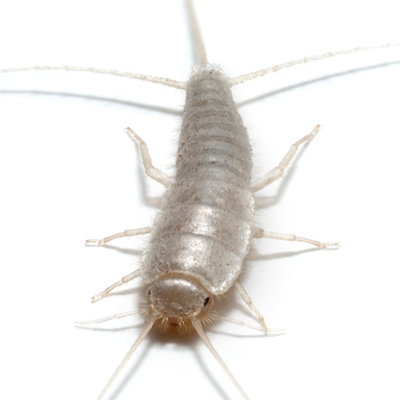
University of California
Can lower prescribed heat be used effectively to control bed bugs and their eggs? Researchers at the University of California, Berkeley, wanted to find out.
For more than five decades bed bugs (Cimex lectularius) have been scarce in the United States due, in part, to the historical use of DDT and other currently banned products. However, with increased international travel, more species-specific pest control methods, and a general lack of understanding and awareness by the public, bed bugs have rebounded. Bed bugs are difficult to control given their cryptic nature. With a growing number of chemical substances (carbamates, organophosphates, etc.) no longer available and an increasing threat of pyrethroid resistance, eradicating bed bugs in a structure is a difficult task. Many claims have been made regarding the use of heat to eradicate bed bugs and their eggs in a structure. Historically, heat has been well documented in successfully killing insects such as stored product pests and termites in both laboratory and field settings, but little is available on killing bed bugs in a structure. Buildings heated with ThermaPure® are considered “successfully controlled” for bed bugs when the infested area has been heated and held for either three hours at 130˚F or two hours at 140˚F. However, many questions still exist. Namely, is it possible to decrease the temperature requirements, extend the treatment time, and still achieve lethal temperatures in the structure to kill bed bugs and their eggs? The objective of this demonstration was to test the efficacy of ThermaPure heat on adult bed bugs and their eggs by heating a single structure at a lower temperature and for a longer period of time than the current label specifications (140˚F for two hours or 130˚F for three hours).
Common Household Pest
See all household pests









